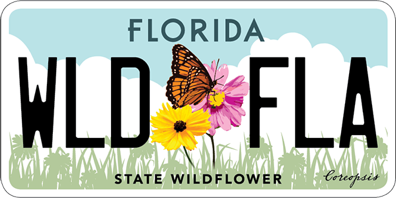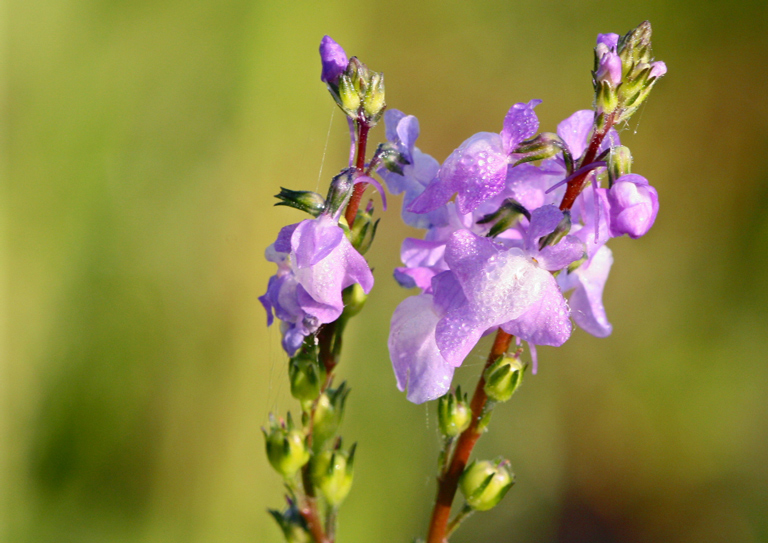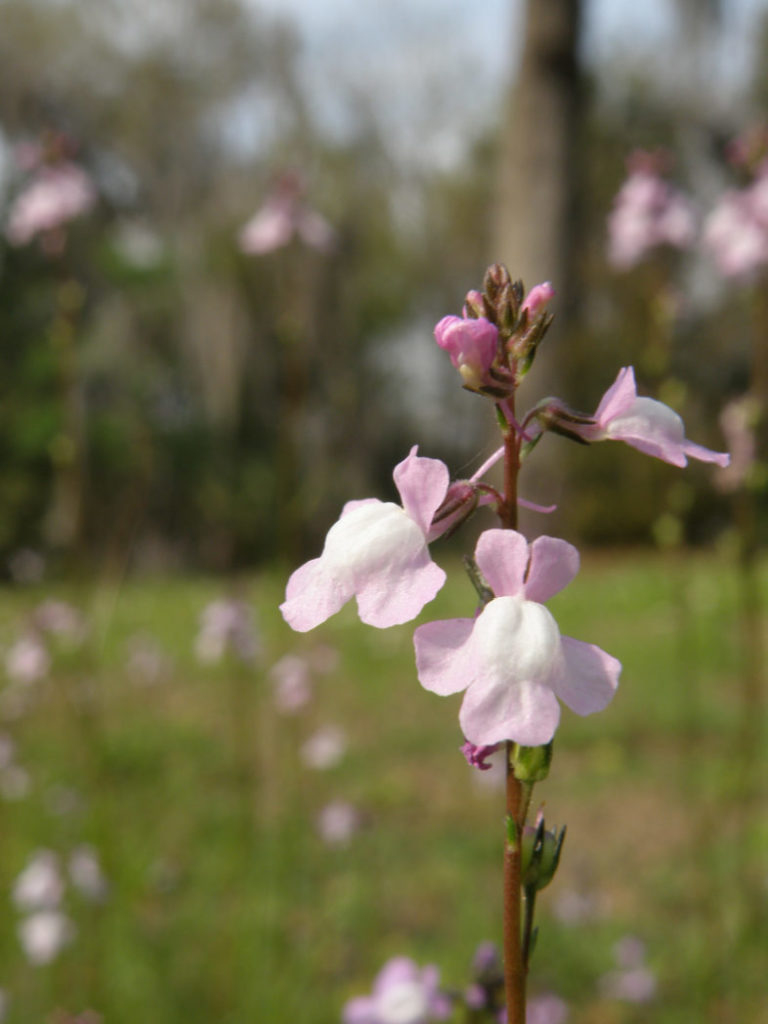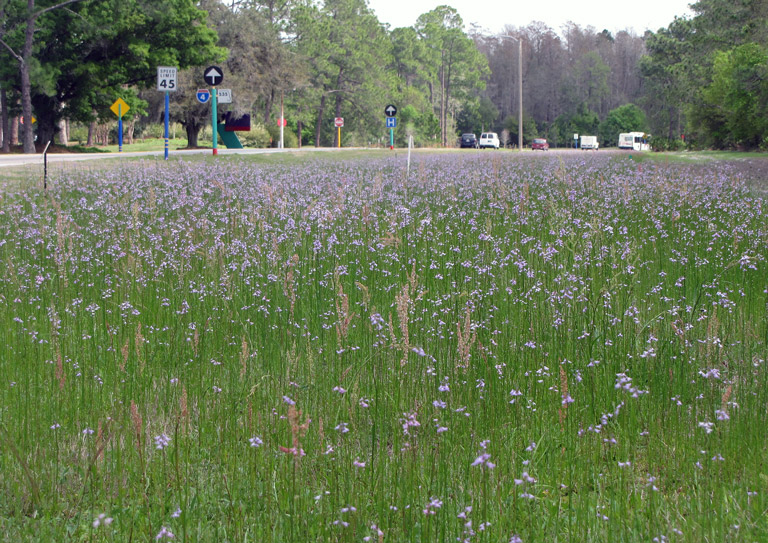Canadian toadflax
Pictured above: Canadian toadflax (Linaria canadensis) by Mary Keim. Click on terms for botanical definitions. View as a PDF.
Canadian toadflax is an annual (or occasionally biennial) wildflower that forms a delicate sea of lavender when in bloom. Blooms are light purple with a white patch. Leaves are refined and narrowly linear. Stems are erect and take on a reddish hue.
Canadian toadflax is common along roadsides, in pastures and in other disturbed areas. It is a larval host for the Common buckeye (Junonia coenia), and a nectar source for many bees and butterflies.
It is sometimes confused with Lyreleaf sage (Salvia lyrata) because of its similar growth habit and bloom color, and because they often grow together. Despite its common name, toadflax is not related to true flax. It is more closely related to (and more closely resembles) a snapdragon.
Family: Plantaginaceae (Plantain family)
Native range: Nearly throughout Florida
To see where natural populations of Canadian toadflax have been vouchered, visit www.florida.plantatlas.usf.edu.
Lifespan: Annual
Soil: Dry, well-drained sandy soils to moist, loamy soils
Exposure: Full sun to light shade shade
Growth habit: up to 1’ tall
Propagation: Seed
Florida regions of landscape suitability: North, Central, South
Garden tips: This dainty, modest wildflower can be a prolific self-seeder as its tiny flat seeds are easily dispersed by wind. Once established, toadflax is very drought resistant.
Seeds may be available from the Florida Wildflower Growers Cooperative at www.FloridaWildflowers.com.



